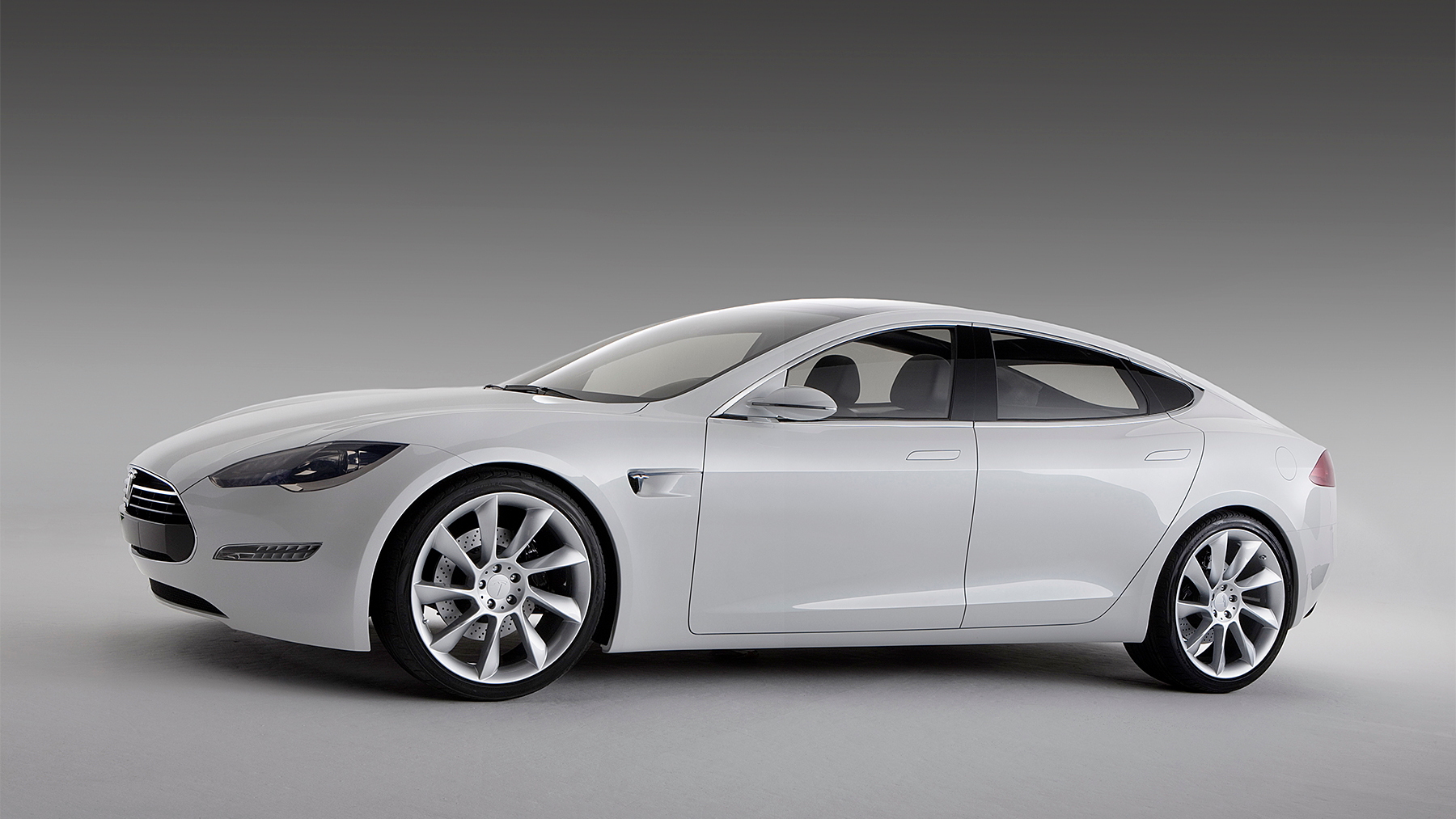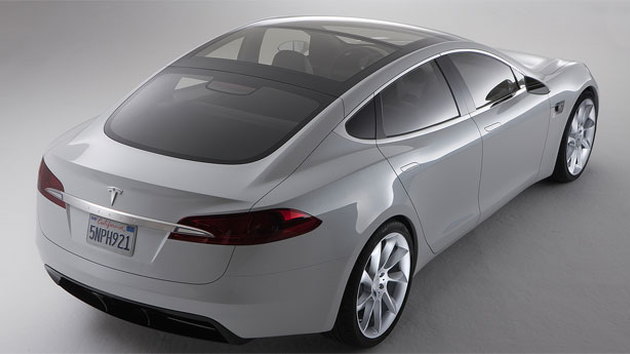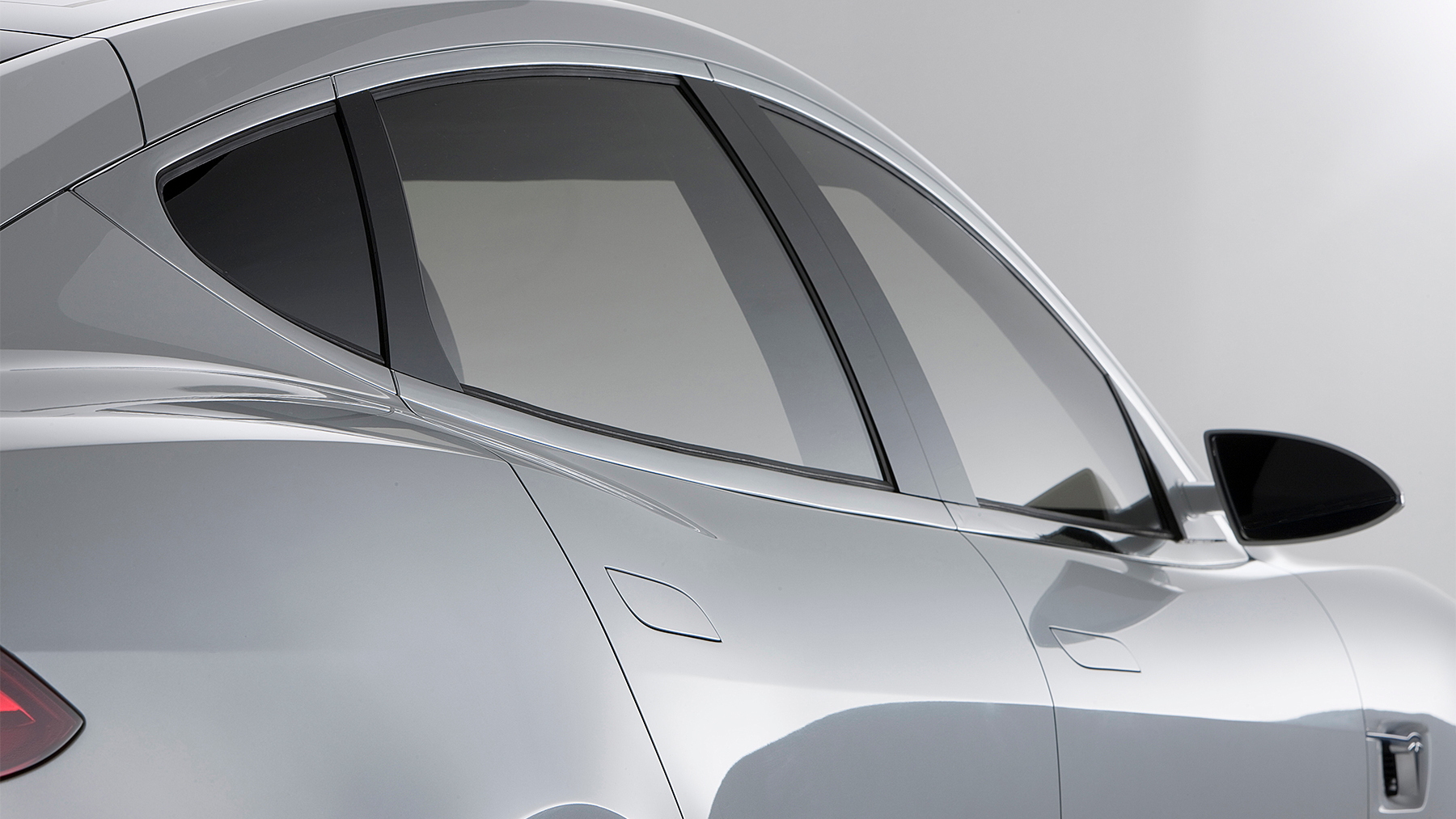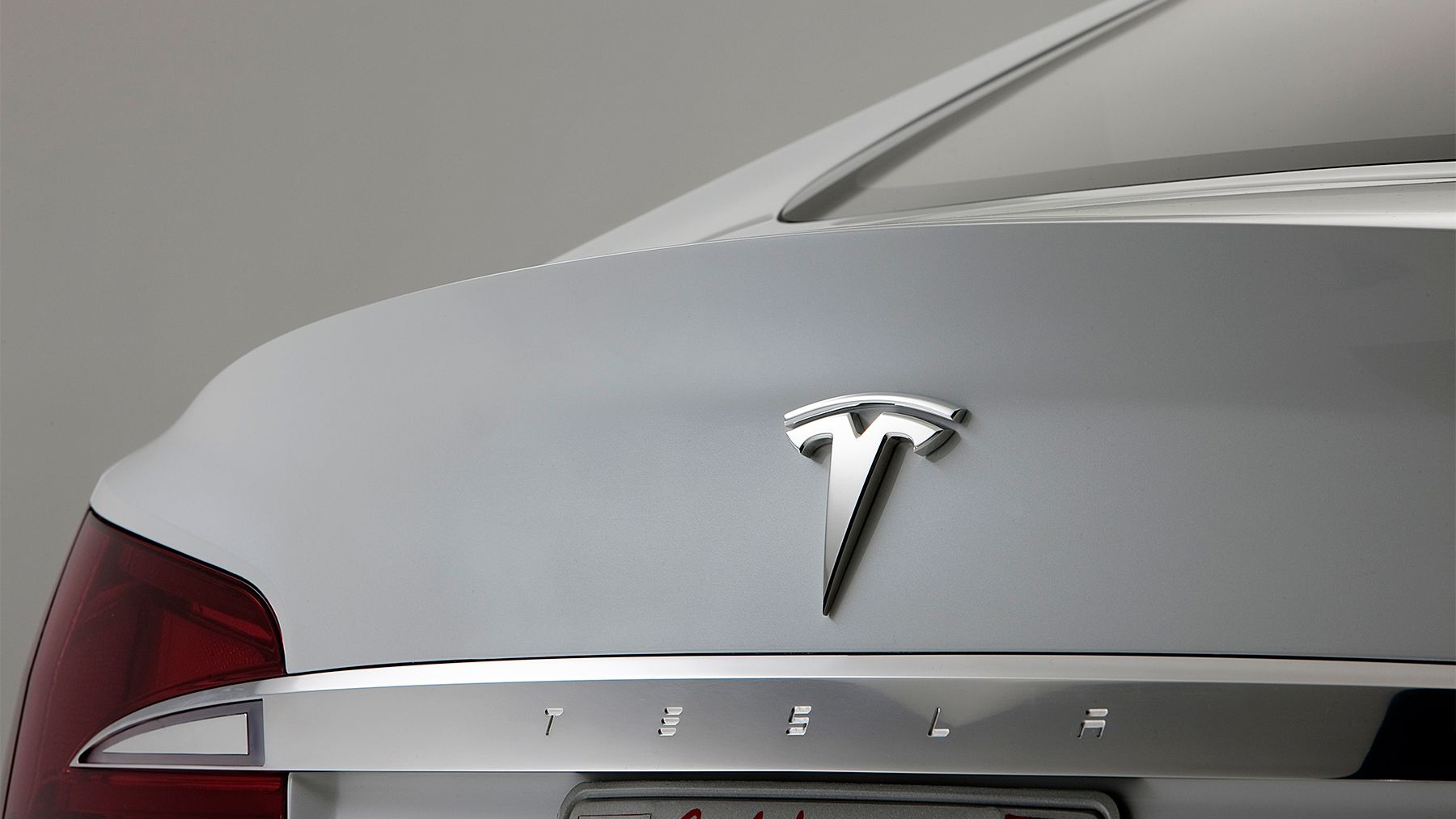It's been a while since we checked in on the car that will likely make or break Silicon Valley electric-car startup Tesla Motors: the Model S, a five-door midsize sports luxury sedan it hopes to launch somewhere toward the end of 2012.
Tesla hasn't said much about the Model S lately, but a number of updates are contained in the 8-K update it filed Tuesday with the Securities & Exchange Commission (and soon after conveniently sent to several journalists).
Growth, partnerships, timing

Tesla Model S reservations chart, from Tesla Motors 8-K, filed December 2010
The document is essentially 15 slides from what is marked "Investor Presentation," containing an update on Tesla's executive team, growth of its engineering team, partnerships with Daimler, Panasonic, and Toyota, progress on the Model S program, and finally, information on the Fremont factory Tesla bought from Toyota.
In June of 2009, the U.S. Department of Energy granted Tesla $465 million in Advanced-Technology Vehicle Loans, which it will use to refit the Fremont assembly plant.
Tesla says it has now received roughly 3,000 deposits for the Model S, at $5,000 or more apiece. A curious footnote to a chart of cumulative reservations notes that the company sales team is not "actively focused on getting Model S reservations."
Model S: "Planned"
The company plans to build up to 20,000 of them a year, though like all the other information in the presentation, there's an asterisk on that claim that points to a footnote saying "Planned."
Many of the car's features and performance claims have been out for months: It will have a 17-inch touchscreen in the dash, will earn a five-star safety rating, will do 0 to 60 mph in about 6 seconds, and has a top speed of about 130 mph.

Tesla and Panasonic partnership, from Tesla Motors 8-K, filed December 2010
Regarding the battery, of which Tesla first showed a photo at its October factory tour, the company says it will give up to 300 miles of range (several battery options are planned), recharge in 45 minutes (at a dedicated high-voltage charging station), and include "rapid battery swap" capability.
Continuing with cylindrical cells
Interestingly, in the slide on its Panasonic partnership, Tesla says that company has a "custom 18650 automotive cell in development."
If that's the cell to be used for the Model S battery pack, it means Tesla is sticking with its core design of using thousands of small commodity lithium-ion cells in cylindrical format, rather than switching to larger-format pouch cells as used in the 2011 Nissan Leaf, 2011 Chevrolet Volt, and many upcoming electric cars.
Many industry analysts believe that the complexity of the pack internals required to monitor, isolate, and cool the cylindrical cells make it impractical to scale from current production of perhaps 1,000 packs a year to the tens of thousands envisioned for the Model S. Tesla, it seems, begs to differ.
The basic platform and powertrain of the Model S will also be adapted for other models, says Tesla, including a convertible, a van, and a crossover/sport utility vehicle.

Tesla Model S development schedule, from Tesla Motors 8-K, filed December 2010
Aggressive schedule
But it's the slide with the two-year schedule leading up to production that reveals the most.
During 2010 (which is all but over, of course), Tesla listed engineering tasks including structural and safety design, external design and engineering, and the alpha build--meaning the very first prototypes. On the manufacturing side, the company is sourcing suppliers and preparing the Fremont site to receive tooling.
Next year is where it gets really busy. During 2011, Tesla's design and engineering team must do ... well, more or less all the rest of the development. The company has only listed two tasks: "Beta build" and then "Crash test program begins." We like a company that's modest about what it must do.
On the manufacturing side, during 2011, the body stamping presses must be brought online and the paint shop has to be made operational. There's also much additional tooling to install.
2012: "Deliveries begin"
The year the Model S is to launch, 2012, will see validation of production-intent vehicles assembled on the plant's tooling, and the build of "release candidate" vehicles that will undergo final testing to make sure that everything's in place.
The last item on the schedule: "Deliveries begin," at some unspecified time likely to be in the second half of 2012. The price was long ago announced as $57,400, meaning just a hair under $50K once you factor in the $7,500 Federal tax credit for buying an electric vehicle (if Tesla's probably quite wealthy owners qualify for it, anyhow).
The four-year plan
That is, to say the least, an ambitious schedule. Tesla has been working on the car since 2008; that October, CEO Elon Musk told reporters the Model S would "crush everything out there."
Tesla revealed a hand-built Model S prototype in April last year, and GreenCarReports got a quick ride later that month in New York. Still, four years from start of development to production would be fast for an established car company, let alone a startup that has sold a total of about 1,500 cars to date.
We can't independently verify any of this information, we should note. But we'd love to get a reality check from the automotive engineers among our readers.
Your thoughts?
Tesla fans will likely hail the news as further evidence of progress, while Tesla skeptics may pooh-pooh it as more corporate propaganda. Only the appearance of actual, running, production-spec Tesla Model S vehicles will be sufficient to decide who's right.
But we're curious: Has your view of the Tesla Model S and its chance changed now that the Nissan Leaf and Chevrolet Volt have been delivered to their first buyers? And, do you think Tesla can launch the Model S in 2012?
Leave us your thoughts in the Comments below.
[Tesla Motors]



















